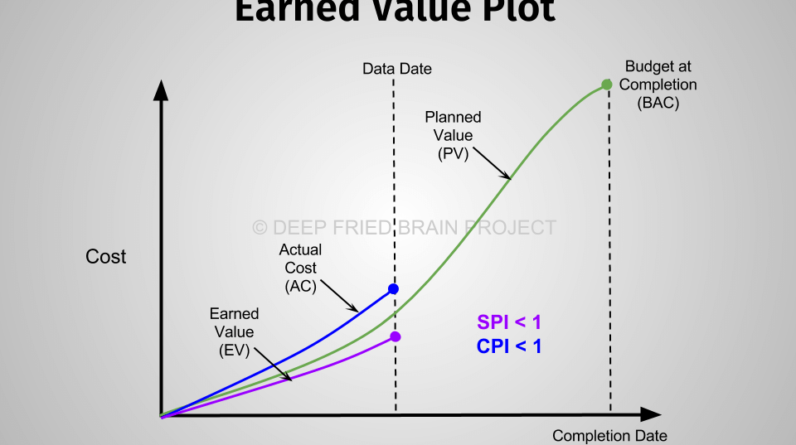
In the world of project management, there are numerous tools and techniques that can be used to measure the progress and success of a project. One such tool is SPI, which stands for Schedule Performance Index. This article will provide you with a clear and concise understanding of SPI in project management, exploring its significance and how it can be calculated. By the end of this article, you will have a deeper insight into SPI and its role in ensuring the timely completion of projects. So, let’s dive in and unravel the mysteries of SPI in project management!

What is SPI in Project Management
In project management, SPI stands for Schedule Performance Index. It is a crucial metric used to measure the efficiency and effectiveness of a project’s schedule performance. SPI helps project managers determine how well a project is progressing in terms of meeting its scheduled deadlines. By analyzing SPI, project managers can identify potential issues and take corrective actions to ensure the project stays on track. Understanding SPI is essential for successful project management.
Importance of SPI in Project Management
SPI plays a vital role in project management as it provides valuable insights into the project’s progress and performance. It indicates whether the project is ahead of schedule, on track, or behind schedule. By measuring SPI, project managers can identify areas where the project is experiencing delays and allocate resources accordingly. This helps in making informed decisions and taking proactive measures to keep the project on schedule.
Moreover, SPI helps in setting realistic project expectations by comparing actual progress against the planned schedule. It enables project managers to monitor if tasks are being completed within the allocated time frame, and if adjustments are needed to ensure timely completion. Through SPI, project stakeholders can have a clear understanding of the project’s progress, enabling effective communication and collaboration among team members.
Calculating SPI
To calculate SPI, the project manager needs to compare the earned value (EV) to the planned value (PV). The earned value represents the actual value of work completed, while the planned value represents the value of work that should have been completed at a specific point in time, as per the project plan.
By dividing the EV by the PV, the SPI is derived. If the SPI is greater than 1, it indicates that the project is ahead of schedule. A SPI value of less than 1 suggests that the project is behind schedule, and a SPI of 1 indicates that the project is on track as per the planned schedule.
SPI Formula
The formula for calculating SPI is as follows:
SPI = EV / PV
Where:
- SPI = Schedule Performance Index
- EV = Earned Value
- PV = Planned Value

Interpreting SPI
Interpreting SPI is relatively simple. The SPI value indicates whether the project is meeting, exceeding, or falling behind its scheduled progress. As mentioned earlier, a SPI greater than 1 signifies that the project is ahead of schedule, while a SPI less than 1 indicates delays in the project’s progress. A SPI equal to 1 signifies that the project is progressing as expected.
Additionally, the deviation from the SPI value of 1 indicates the extent to which the project is deviating from the planned schedule. The closer the SPI value is to 1, the closer the project is to meeting its planned schedule. Therefore, project managers should closely monitor the SPI value and take appropriate actions to mitigate any schedule delays.
SPI Values and Their Meaning
Different SPI values have different implications for project performance. Here is a breakdown of the common SPI values and their meaning:
-
SPI > 1: This indicates that the project is ahead of schedule. The project is progressing faster than planned, which is generally considered positive for project management. However, it is important to ensure that the progress is sustainable and does not lead to additional quality or resource issues.
-
SPI = 1: A SPI value of 1 means that the project is progressing exactly as planned. This is an ideal scenario and suggests that the project is on track and meeting all the scheduled deadlines.
-
SPI







